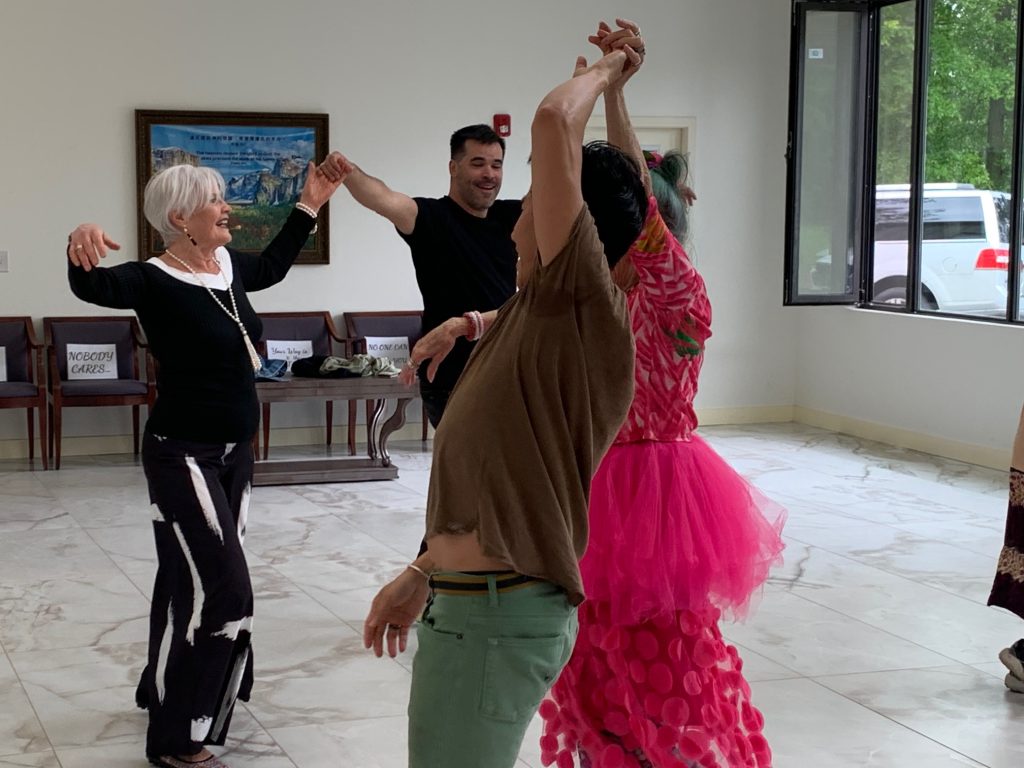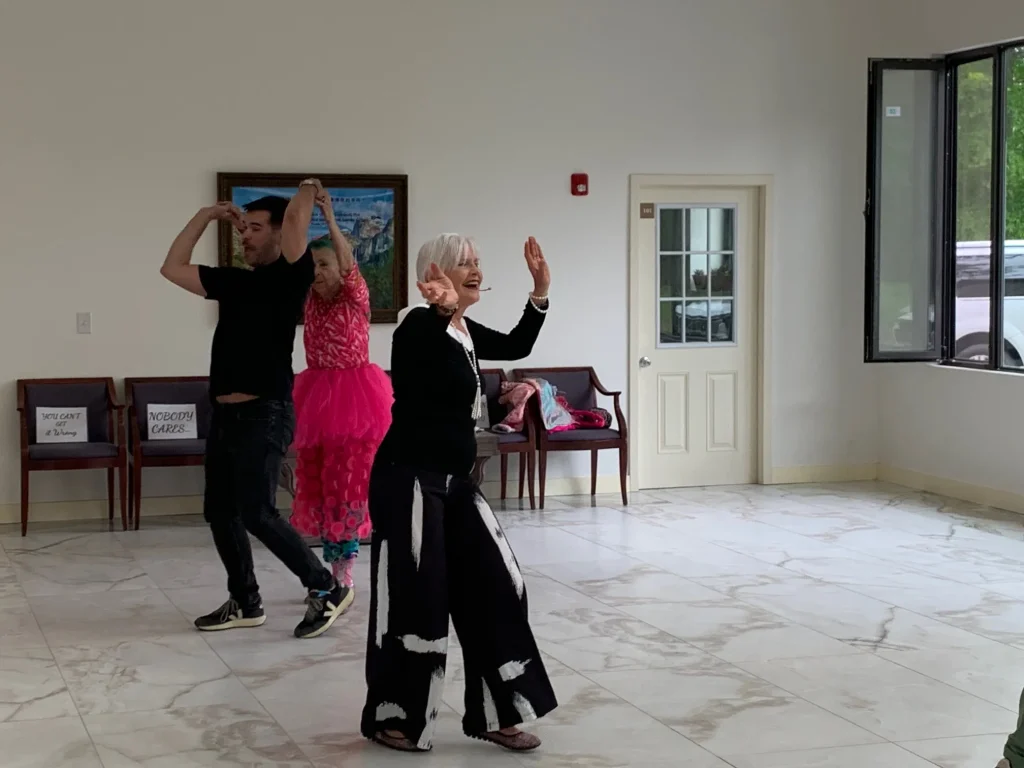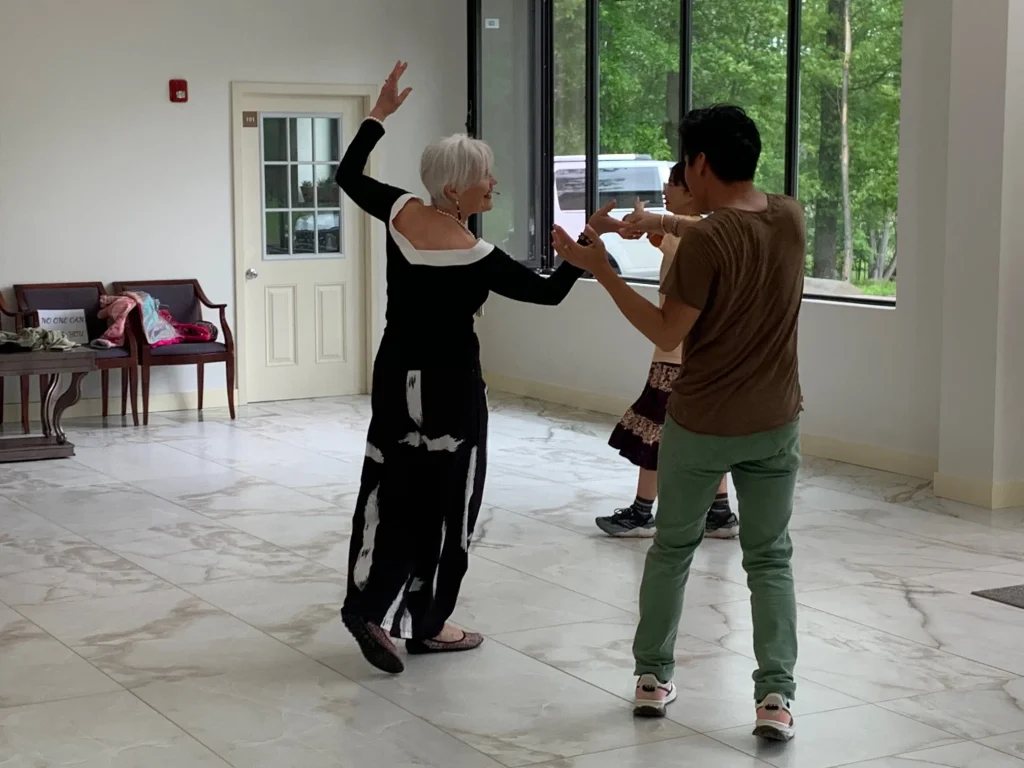Heartfelt Groove at a family reunion can be the year’s best moment, even with all the emotions these gatherings stir up. American families live farther apart now than ever before, which makes these planned gatherings mean so much more when they happen.
The sort of thing I love about these gatherings hit home last year. A family member came back after staying away for ten years. Pure joy spread through everyone there. This feeling of belonging and connection shows up differently for each person. Some find it at potluck dinners with old family recipes, while others feel it during stories that bring everyone closer through shared memories.
That mix of excitement and worry before seeing extended family? We’ve all felt it. At one reunion I attended, more than 50 grandchildren from one family tree gathered. It created this beautiful mess of old and new connections.
The emotional rollercoaster of family reunions

Family gatherings create a unique mix of emotions that can catch anyone off guard. Nearly 70% of Americans suffer from at least one type of anxiety disorder, and these symptoms become especially challenging for many people.
Why reunions can stir up old feelings
Heartfelt Groove at family reunions take us right back to our younger selves. A therapist points out, “Even when we are living in independent adult bodies, we can feel caged by strong emotional turmoils”. It happens naturally because families function like living organisms, where old dynamics are stored in our emotional memory.
These gatherings place us in familiar surroundings with familiar scents and interactions that connect us to our past experiences without us realising it.
Recognising emotional triggers
This pulls us away from the present moment and takes us back to past experiences.
You’ll spot a trigger through:
- Your body’s signals – racing heart, upset stomach, or sudden muscle tension
- Quick mood changes that feel too intense
- Different breathing patterns – short breaths or holding your breath
Criticism tops the list of common triggers at family gatherings, right next to the pressure to look happy. So knowing these patterns helps you respond thoughtfully instead of just reacting.
Balancing joy with vulnerability
Joy and vulnerability create an interesting mix at family reunions. Brené Brown’s research shows that “Joy is probably the most vulnerable emotion we experience”. This explains why we sometimes prepare ourselves mentally for letdowns during moments of real connection.
Family reunions Heartfelt Groove hold something special in their ability to balance the past with the present, joy with pain, and connection with boundaries.
Rediscovering your heartfelt groove

The emotional rollercoaster of family gatherings leaves us searching for our rhythm again. Brain science explains why these connections mean so much to our well-being.
What does ‘heartfelt groove’ mean?
Your heartfelt groove emerges when you reconnect with your true self amid family dynamics. That special moment occurs when you feel a genuine connection while remaining authentic to who you are now. This groove kicks in when your brain releases dopamine and oxytocin chemicals that create feelings of pleasure and bonding during meaningful social interactions.
This heartfelt groove isn’t just about feelings; it shows up in your body, too. You might notice that warm feeling while laughing with a cousin or the peace that comes during a family meal. These physical signs tell you you’ve found your rhythm.
Letting go of past expectations
My experience has shown that knowing my expectations before reunions helps significantly. Rather than hoping everyone will act perfectly, I prepare for what might happen. This shift in perspective enables me to respond thoughtfully rather than merely react.
Finding comfort in shared memories
Our shared memories help us heal and connect. Research shows that remembering happy times can reduce anxiety and depression for people dealing with challenging emotions.
These shared memories matter because they bridge our past and present. Simple stories about “Uncle Fred and his crazy antics” create a family’s picture book of history that not only strengthens our bonds but also brings a sense of nostalgia and connection.
Moments that spark reconnection
Fundamental reconnection often surprises us. One family asked everyone to share a life-changing story that no one else knew. This led to amazing discoveries.
The power of shared stories and traditions

Storytelling is a powerful tool that brings families together and weaves our past with our present. Research shows that 81% of family reunion participants value quality time with loved ones above everything else, and storytelling is a key part of this quality time, engaging everyone and strengthening the family bond.
How storytelling bridges generations
Stories turn passive listeners into active participants, especially among younger family members. Children and teens become part of their family’s history through interactive storytelling.
Older family members feel valued and connected when they share their stories with others. The process keeps their minds active and helps curb loneliness. Shared experiences build stronger bonds between different generations and create lasting family connections.
Food, games, and rituals that bring us together
Family meals stand out as favourite memories for 60% of people surveyed. A family recipe exchange could work well, with everyone bringing dishes from treasured family recipes.
Games help different age groups connect naturally:
- Family Feud with questions about family history and traditions
- “Two Truths and a Lie” to get stories flowing
- Family Olympics with games suited to everyone’s abilities
Creating new memories while honouring the old

Memory tables showcase the family’s treasured heirlooms, photos, and keepsakes in a beautiful display.
Family time capsules make great group projects. Everyone can add photos, keepsakes, and messages that future generations will find at upcoming reunions.
Healing and growing through reconnection
Reconnecting with family can heal and help us grow. Actual changes occur not just through our words, but also through how we approach each interaction with fresh eyes and open hearts.
Seeing family members as they are now
“Reframing” helps us view familiar faces in a new light. We often hold onto old mental pictures of who our family members used to be. Learning to see them as they are today creates room to discover and appreciate new aspects of them.
Photography teaches us about this process. A photographer captures everyday scenes with a fresh viewpoint, and we can look at our relatives with curiosity about who they’ve become. One photographer took pictures of his wife over ten years.
Setting healthy boundaries with love
Good relationships don’t lack conflict – they handle it well. A therapist points out, “Boundaries aren’t magically set and enforced overnight especially when dealing with complicated family dynamics.” The whole family needs to adapt.
These approaches help set good boundaries:
- Stay brief and direct, skip the fluff, or saying sorry for your needs
- Use the template “If you say or do X again, I will need to do Y.”
- Stick to the consequences you stated
Note that loving boundaries don’t control others. They protect your well-being while keeping connections alive.
Transforming pain into understanding
Discussing past family traumas lays a foundation for healing. Open discussions about family history, even the tough parts, let us work through things together instead of alone.
We can view painful experiences as opportunities for growth rather than moments that define us. My biggest lesson was realising that many harmful patterns weren’t personal attacks, but rather survival tactics passed down through generations.
Rebuilding relationships with intention

Purpose separates shallow interactions from fundamental reconnection.
Keep your expectations real. One counsellor says, “Let’s be honest: Most people don’t go no-contact with family over something small.” Letting go of hoped-for apologies often frees us to focus on what’s possible now instead of what we missed before.
Building heartfelt family bonds isn’t about being perfect; it’s about being genuine. It’s about showing up as yourself, even when things aren’t ideal.
Conclusion
Finding your heartfelt groove at family reunions can become a profoundly personal experience, balancing past and present, as well as joy and vulnerability. Our exploration reveals how these gatherings evoke powerful emotions that connect us to our roots and challenge us to grow.
Family gatherings heartfelt groove create an emotional rollercoaster because they take us back to earlier versions of ourselves. Of course, knowing our emotional triggers helps us respond thoughtfully rather than react instinctively.


